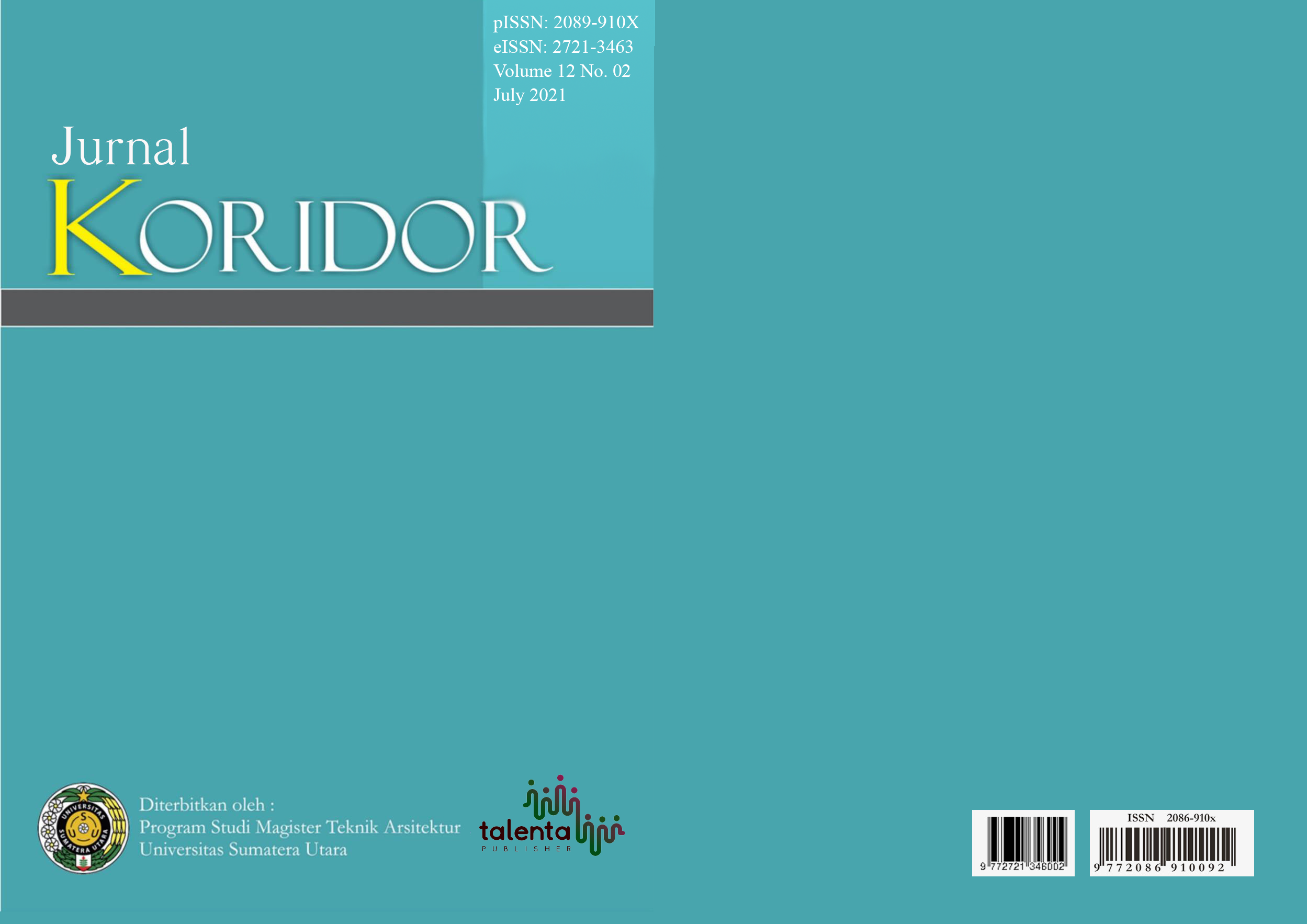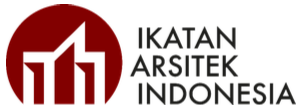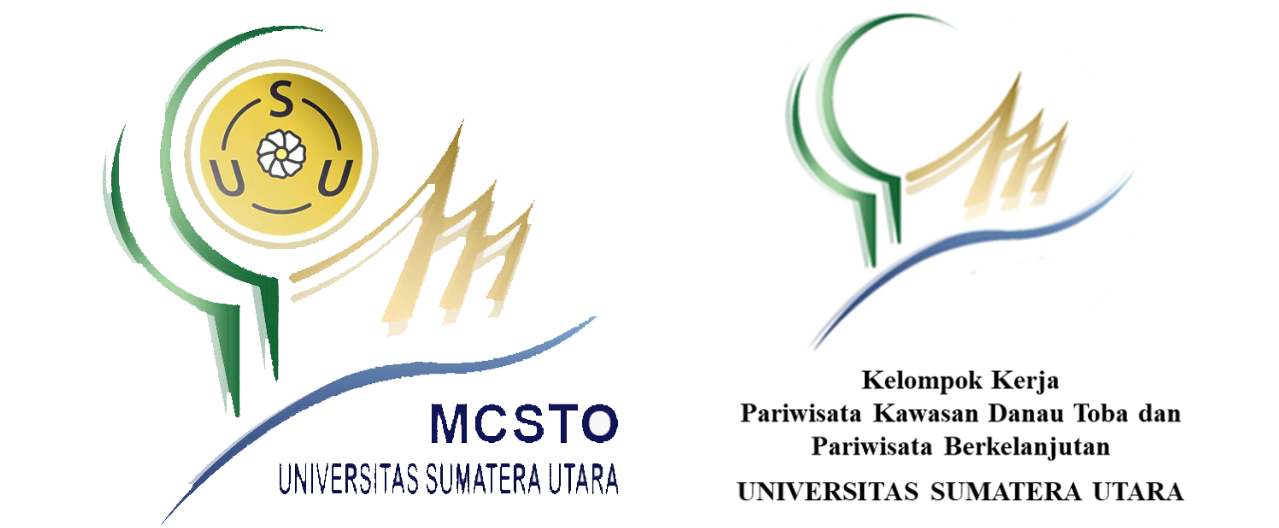REFLECTION OF TRANSFORMING DESIGN WORKSHOP DURING PANDEMIC USING ONLINE EDUCATION PLATFORM, SCHOOLOGY, AT SECOND-YEAR STUDIO
DOI:
https://doi.org/10.32734/koridor.v12i02.6353Keywords:
Schoology , distance learning, architectural design studio, design workshop, second-year studioAbstract
Design workshops are one of the phases in studio-based learning that helps architecture students to accomplished projects in the studio through interactive and intense interactions between lecturers and students. Therefore, this phase is carried out through the face-to-face method and done in the studio. Since March 2020, for the first time, courses at the Architecture Program of Universitas Syiah Kuala (USK) have been conducted by distance learning, including a second-year studio, Architectural Design III. Long before the pandemic COVID-19, several courses at the Architecture Program of Universitas Syiah Kuala (USK) had been carried out by blended learning through USK e-learning platform and Schoology. As a case study, the Architecture Program (PSA) of USK uses Schoology as an online education platform to facilitate design workshops. This paper aims to reflect on the results of using Schoology as an online education platform that is fully utilized in second-year studio course. Using descriptive analysis method, this paper explores the strategies to maneuver from face-to-face into distance learning method in order to achieve learning objectives. As the result, Schoology is able to attempt synchronous and asynchronous features when conducting design workshops but it is not fully utilized, especially interactions between students.
Â
Downloads
References
Crowther, P. (2013). Understanding the signature pedagogy of the design studio and the opportunities for its technological enhancement. Journal of Learning Design, 6, p. 18-28, http://dx.doi.org/10.5204/jld.v6i3.155.
Ahmad, L., Sosa, M., & Musfy, K. (2020). Interior Design Teaching Methodology During the Global COVID-19 Pandemic. Interiority, 3(2), 163-184. https://doi.org/10.7454/in.v3i2.100
Cummins, J., Brown, K., & Sayers, D. (2007). Literacy, technology, and diversity: Teaching for success in changing times. Boston: Allyn & Bacon/Pearson.
Biswas, S. (2013). Schoology-Supported Classroom Management: A Curriculum Review. Northwest Journal of Teacher Education, 11(2), 1–10. https://doi.org/10.15760/nwjte.2013.11.2.12
Hrastinski, S. (2008). Asynchronous and Synchronous E-Learning. Educause, 31(4).https://er.educause.edu/articles/2008/11/asynchronous-and-synchronous-elearning
Atmodiwirjo, P., & Yatmo, Y. A. (2020). Transformasi Pendidikan Arsitektur: Sebuah Catatan Pembelajaran Jarak Jauh [E-book]. Departemen Arsitektur, Fakultas Teknik, Universitas Indonesia. https://www.architecture.ui.ac.id
Aminoto, T., & Pathoni, H. (2014). Penerapan Media E-Learning Berbasis Schoology Untuk Meningkatkan Aktivitas dan Hasil Belajar Materi Usaha dan Energi Di Kelas XI SMA N 10 Kota Jambi. Jurnal Sainmatika, 8(1), 13-29.
Karimah, A., & Paramita, K. D. (2020). Investigating the Domestic Layers Adaptation During Pandemic. Interiority, 3(2), 185–200. https://doi.org/10.7454/in.v3i2.101
Conaway, R. N., Easton, S. S., & Schmidt, W. V. (2005). Strategies for Enhancing Student Interaction and Immediacy in Online Courses. Business Communication Quarterly, 68(1), 23–35. https://doi.org/10.1177/1080569904273300
Waters, L. (2020). How do we teach students about their wellbeing online? Pursuit. https://pursuit.unimelb.edu.au/articles/how-do-we-teach-students-abouttheir-wellbeing-online












